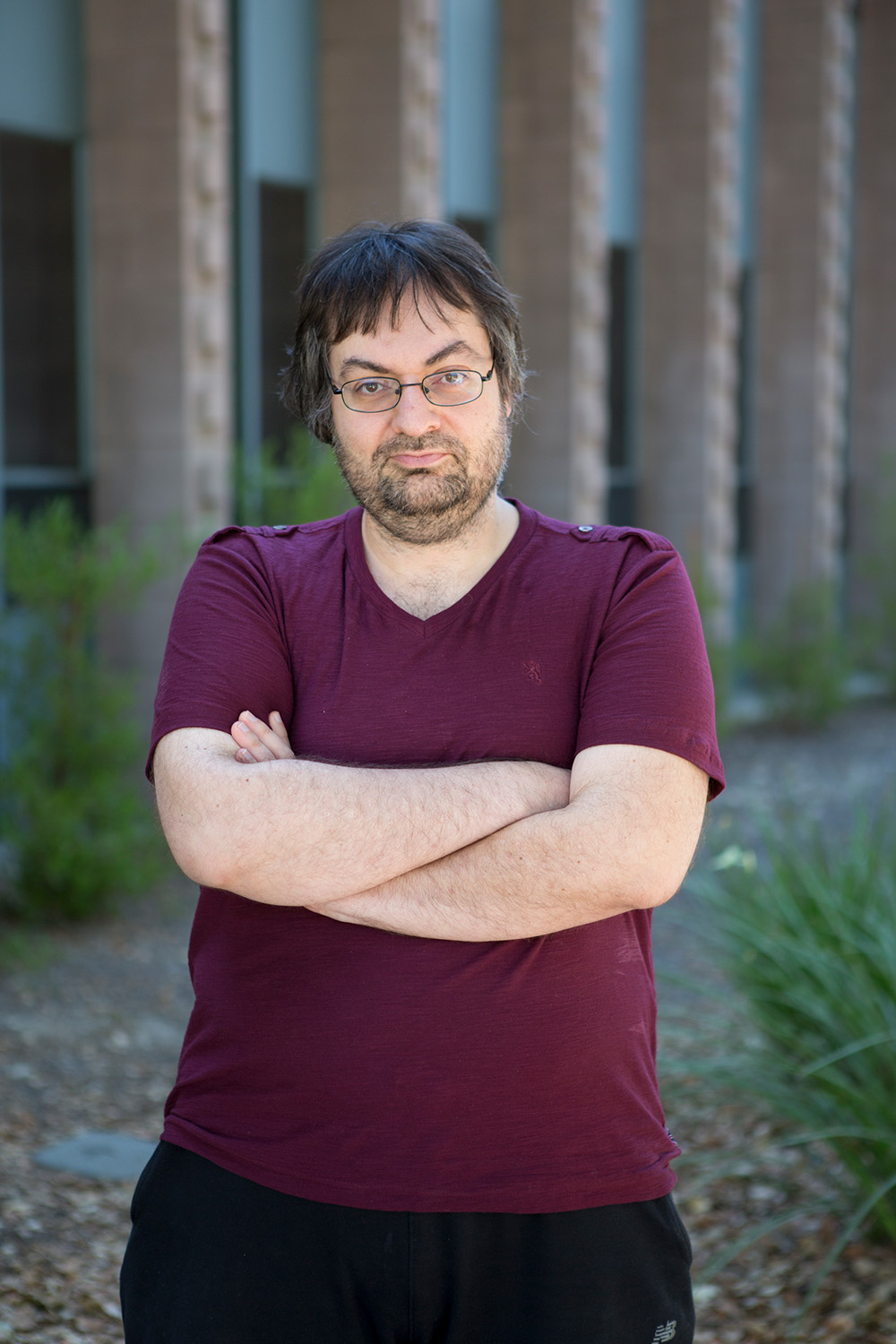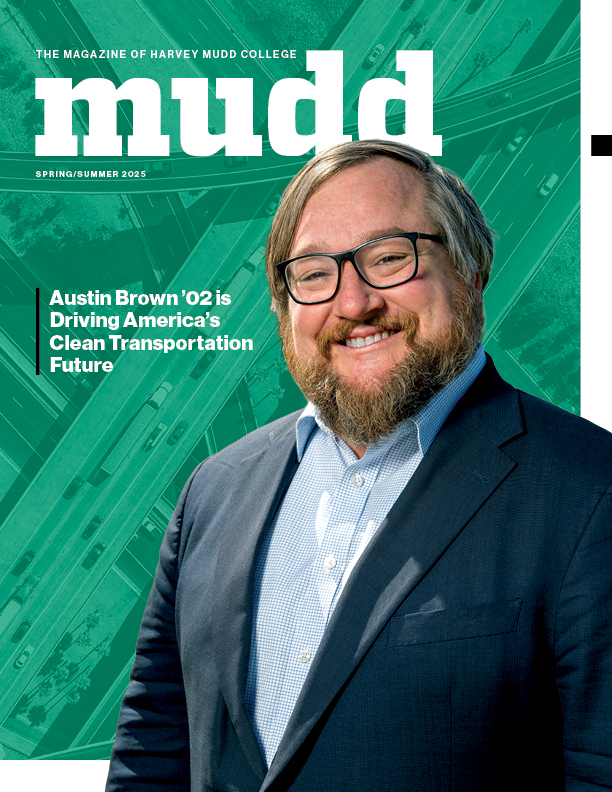It’s all Relative. Or is it?
September 21, 2017
Recent developments in physics seem to point to a foundational rethinking of our understanding of physics principles and the notion of space-time. Harvey Mudd College physics professor Vatche Sahakian has begun research aimed at the ultimate resolution of these puzzles with “RUI: Emergent Spacetime in Matrix Theory,” a project recently funded by the National Science Foundation (NSF).
“In physics there’s an open question which is a tension between quantum mechanics and general relativity,” Sahakian says. “Quantum mechanics typically describes physics at very small distances and is extremely successful at doing so. General relativity is typically applied in astrophysical scenarios where it describes the effect of gravity as curvature of space and time. The tension arises when one asks what happens to gravity in a realm where quantum mechanics is also important and distances are very small, much smaller than have been probed experimentally so far.”
Because quantum mechanics allows for many realities to exist at once, a project like this requires a significant amount of objectivity. “It’s a theoretical exercise in projecting to the smallest possible distances you can imagine and asking what does gravity look like,” Sahakian says. “This leads to tension, and you’re driven to think that general relativity is not a complete description of gravity. Our understanding of space itself is suspect at small distances.”
Sahakian approaches this work without the premise of general relativity as a foundation, beginning from a quantum mechanics premise and asking how space emerges with matrix theory. “There is no general relativity at all in the premise,” he explains, “but there is general relativity in the computations we use to check that the answers we’re getting would work with general relativity. Whatever you have at small distances should match general relativity at longer distances.”
Perhaps the most exciting thing about the research for Sahakian is that it’s at the junction of many different branches of physics, which means he and his students will have to learn new things as well as imagine things that aren’t yet known. “There’s a big idea out there that isn’t clear yet,” he says. “There are some missing key ingredients, and one is waiting for a leap of imagination.”
The NSF granted $120,000 to fund the project through August 2020. NSF grants are the largest share of external support for faculty research at HMC.
